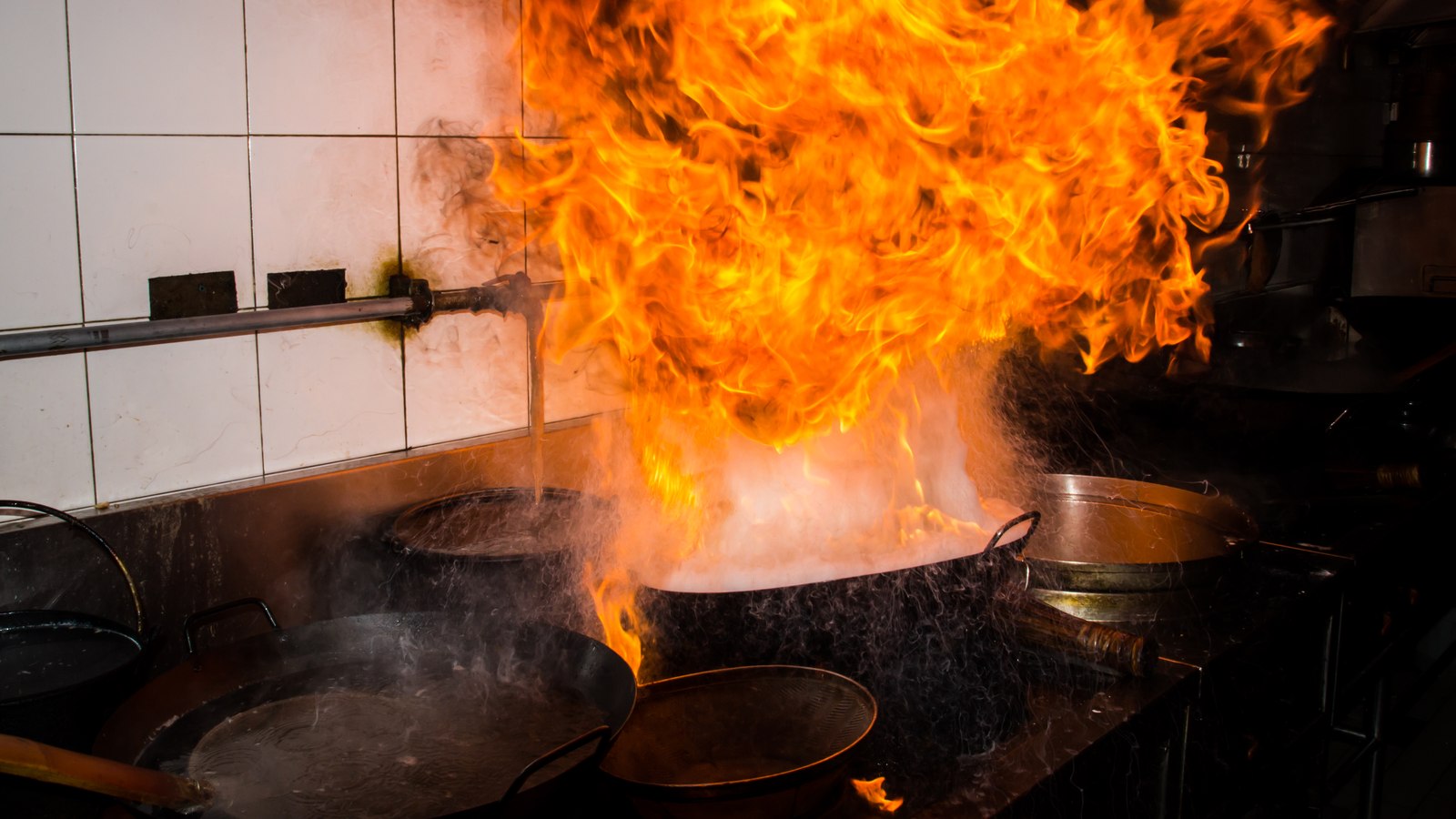class k fire examples
Vegetable oils such as safflower corn and canola. Class F Fires Class K Fires The areas use F or K for the class of fire.
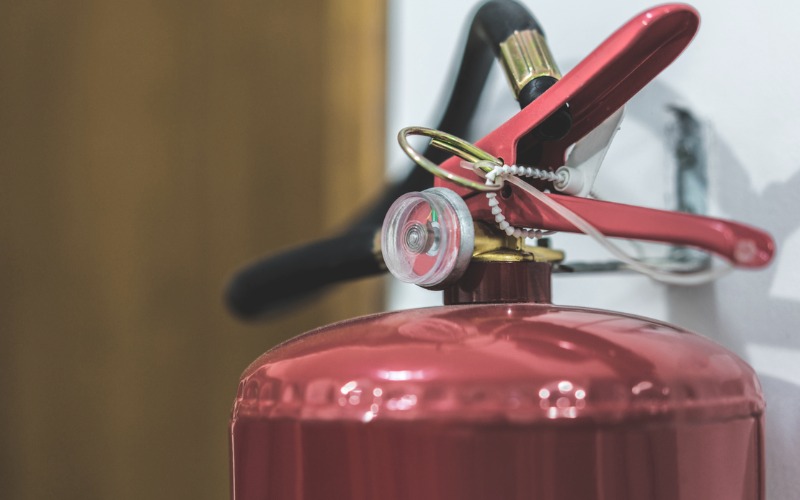
Best Fire Extinguishers Of 2022 Safewise
These types of fires involving cooking oils such as in deep-fat fryers.

. Fires ignited by oil burn especially. Both residential and commercial kitchens face Class K fire risks. They are one of the more dangerous fires to combat and.
Class K fire extinguishers work by saponification. There are five different fire extinguisher classes that match up with the different types of fires. The relevant graphics and letter designations that accompany these classes are specified by.
Youll get your first 30-days free of charge and youll be able to cash in on the rewards. Class A fires are defined as ordinary combustibles. The 5 Classes of Fire Extinguishers.
These types are fires use commonly flammable material as their fuel source. Class B Fires are fueled by flammable or combustible liquids which include oil gasoline and other similar materials. For more information about how you can utilize Class K fire extinguishers effectively to fight these dangerous fires contact us today at Getz Fire Equipment Company.
Oils fats and kitchen greases can cause Class K fires. Class K fire extinguishers specifically use extinguishing agents that separate and absorb the heat elements of the firethe fuel heat and. These types are fires use commonly flammable material as their fuel source.
A Class K fire can also be known as Class F. The 5 Classes of Fire USA Class A. Certain flammable metallic substances such as sodium and potassium.
Water works best to extinguish a Class A fire. 6 Class K Fire. Class A fires are.
Class D fire extinguishers must be used for Class D fires which are typically found in chemical laboratories. Wood fabric paper trash and plastics are common. Saponification takes place when alkaline mixtures are applied to burning cooking oil or fat creating a soapy foam on the surface.
These materials are normally not found in the Medical Center. Wood fabric paper trash and plastics are common. Class A fires are defined as ordinary combustibles.
Class K fires concern substances often found in kitchens. Class K fires arise from flammable liquids used for cooking like vegetable and animal fat-based oils and greases. Examples of combustibles that cause a Class A fire include things such as paper rubber wood textiles straw plastic etc.
Below are examples of commonly used cooking oils. The National Fire Protection Association NFPA categorizes fires by class. Flammable Liquids and Gases.
Selecting the Right Fire Extinguisher.

Technical Assessment Typical Examples Of Common Fires In The Home Class A Fires Ordinary Combustibles Burning Paper In Trash Can For Ex Caused By Ppt Download

Portable Fire Extinguisher Types And Maintenance Grainger Knowhow
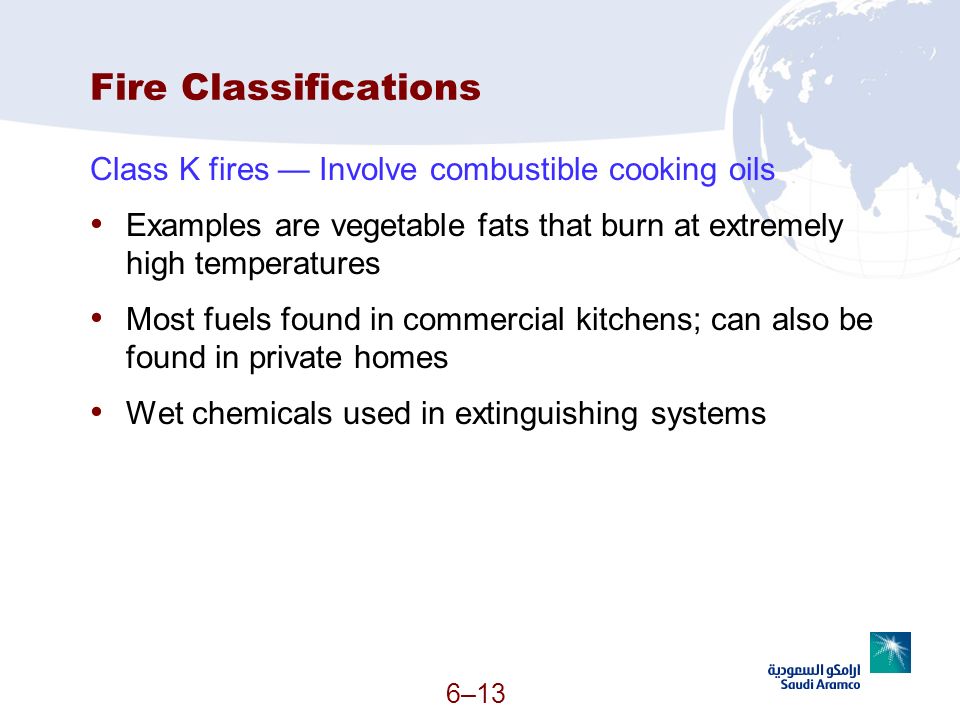
Chapter 6 Portable Fire Extinguishers Ppt Video Online Download
Kemex International Special Products
Types Of Fires And How To Put Them Out
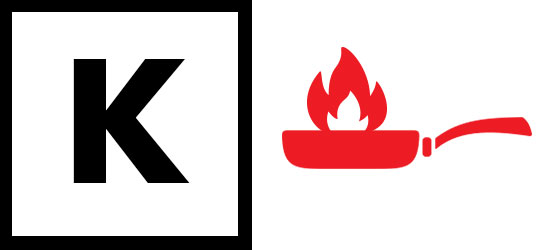
Classification Systems Groups Rusoh Inc

How To Use A Fire Extinguisher 14 Steps With Pictures Wikihow Life

What Is A Class K Fire Extinguisher Used For
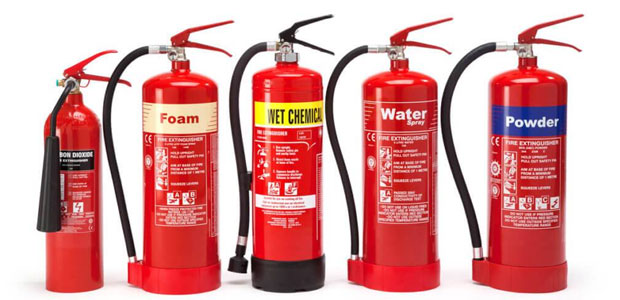
The Abcs Ds And Ks Of Fire Extinguishers Occupational Health Safety
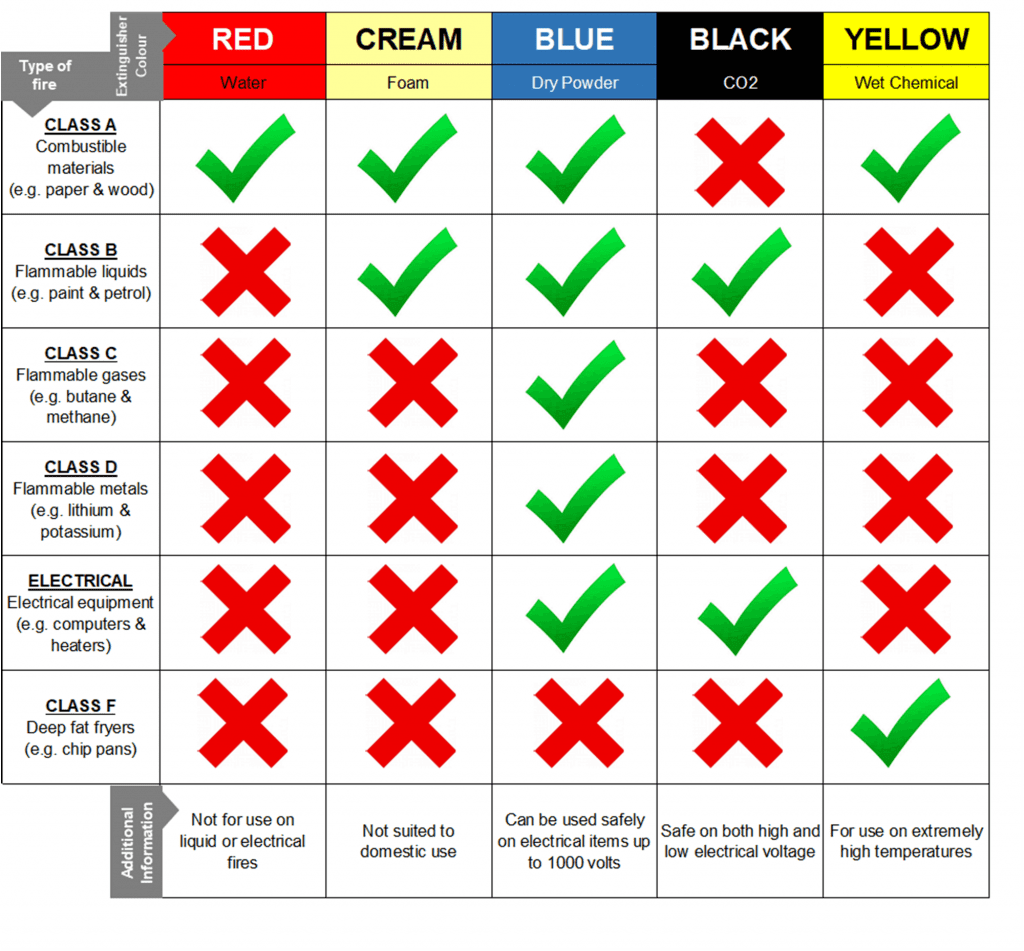
Fire Extinguisher Colours Explained In A Simple Guide
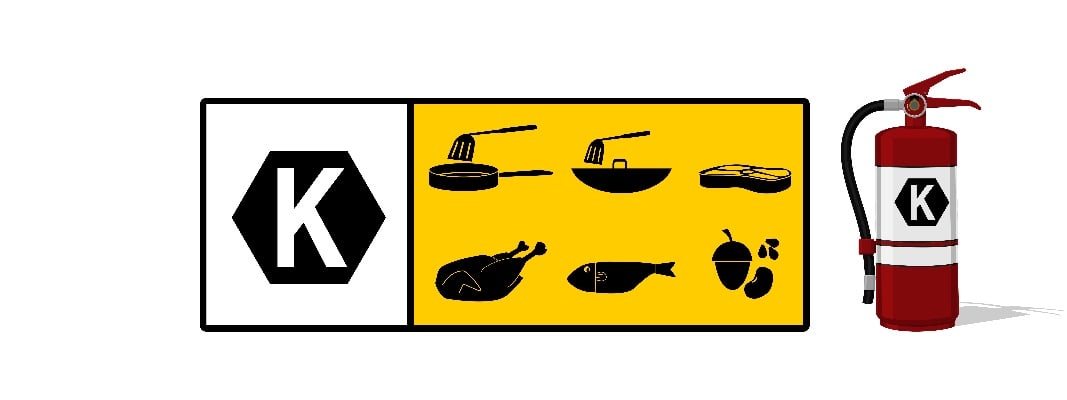
What Is A Class K Fire Extinguisher Used For

Types Of Fires Fivestarfirecle

Fireprotection Pages 1 10 Flip Pdf Download Fliphtml5
Types Of Fires And How To Put Them Out
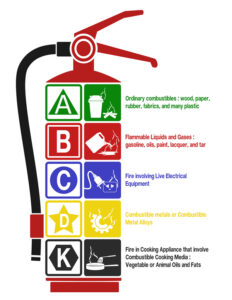
Everything You Need To Know About A Class K Fire Extinguisher

Portable Fire Extinguishers Fire Extinguisher Uses Fire Equipment


